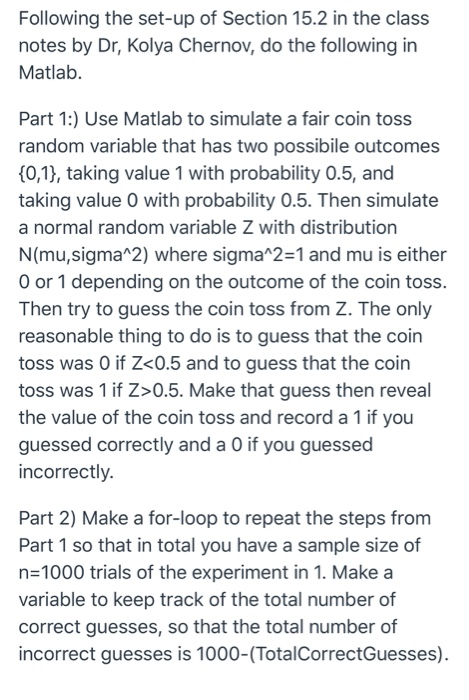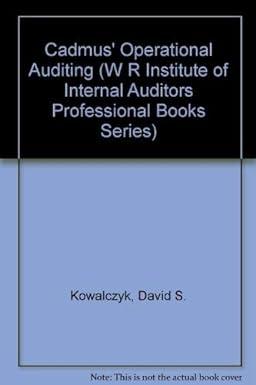Answered step by step
Verified Expert Solution
Question
1 Approved Answer
Following the set-up of Section 15.2 in the class notes by Dr, Kolya Chernov, do the following in Matlab. Part 1:) Use Matlab to simulate

Step by Step Solution
There are 3 Steps involved in it
Step: 1

Get Instant Access to Expert-Tailored Solutions
See step-by-step solutions with expert insights and AI powered tools for academic success
Step: 2

Step: 3

Ace Your Homework with AI
Get the answers you need in no time with our AI-driven, step-by-step assistance
Get Started


